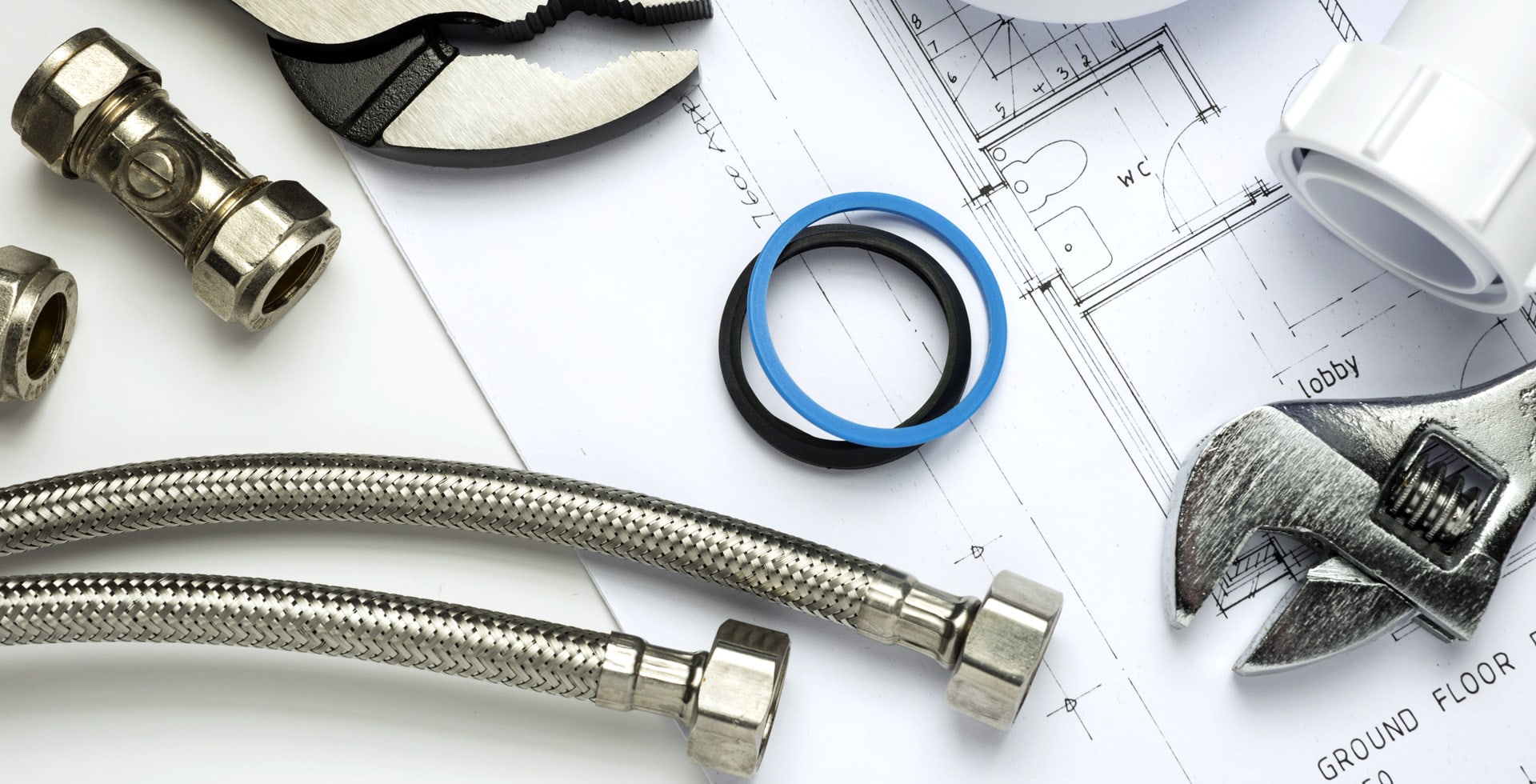“`html
What to Do If You Notice Uneven Floors
Uneven floors can be a concerning issue in any home. Not only can they be a sign of underlying structural problems, but they can also pose safety hazards. If you notice your floors are sloping, sagging, or bumpy, it’s essential to take action promptly. This blog post will guide you through the steps to address uneven floors, including troubleshooting, possible solutions, and when to call in a professional.
Understanding the Causes of Uneven Floors
Before you begin addressing the problem, it’s crucial to understand what might be causing your uneven floors. Several factors can contribute to this issue, including:
- Foundation Issues: Cracks or shifting in the foundation can lead to uneven flooring throughout the home.
- Moisture Problems: Excess moisture can cause wooden floors to warp or move, leading to uneven surfaces.
- Pest Infestations: Termites or other pests can weaken the structural integrity of your home, affecting floors.
- Structural Damage: Aging or damaged beams, joists, or other structural components can cause flooring to sag or buckle.
- Improper Installation: Poor installation practices during construction or renovation can also lead to uneven floors.
Steps to Take When You Notice Uneven Floors
If you have identified uneven floors in your home, follow these steps to assess and potentially resolve the issue.
1. Inspect the Area
Begin with a thorough inspection of the affected areas:
- Look for visible cracks in walls, ceilings, or the foundation.
- Check for gaps between the floor and baseboards.
- Examine the overall condition of the flooring material for signs of warping or buckling.
2. Check for Moisture Issues
Moisture can significantly affect your flooring. Check for:
- Water stains on walls or ceilings.
- Musty odors that may indicate mold growth.
- Visible moisture or leaks in plumbing systems.
3. Level Your Floors Temporarily
While waiting to address the issue, you may want to level your floors temporarily:
- Use shims under furniture or appliances to even out surfaces.
- Employ area rugs or carpets to mask unevenness and create a safer walking surface.
4. Assess for Pest Problems
Check for signs of pest infestations:
- Look for droppings, chewed wood, or live insects.
- If you suspect pests, contact a pest control professional for an inspection.
5. Contact a Professional
If your inspection reveals significant issues, it’s essential to consult a professional. Here are types of experts you might need:
- Structural Engineer: For assessing the integrity of your home’s foundation and structural components.
- General Contractor: For evaluating and managing repair work.
- Pest Control Specialist: If you suspect an insect infestation.
Possible Solutions for Uneven Floors
Once you have determined the underlying cause of your uneven floors, several solutions may be appropriate:
1. Foundation Repair
If foundation issues are identified, professional foundation repair may be necessary. Techniques may include:
- Underpinning to stabilize the foundation.
- Slab jacking to lift sunken concrete.
2. Floor Leveling
If the flooring itself is the main problem, consider:
- Using floor leveling compounds for minor discrepancies.
- Installing a new subfloor if the current one is severely damaged.
3. Moisture Control
Address moisture problems through:
- Repairing plumbing leaks.
- Installing sump pumps or dehumidifiers in damp areas.
- Improving drainage around the foundation.
Preventing Future Issues with Uneven Floors
After addressing the current problem, it’s essential to implement preventive measures:
- Maintain proper drainage around your home.
- Regularly inspect your home for signs of water damage or pest issues.
- Monitor humidity levels and address any leaks promptly.
Conclusion
Noticing uneven floors in your home can be unsettling, but taking swift action can help identify and resolve underlying issues. By understanding the potential causes and employing the right strategies, you can restore your home’s safety and comfort. Always consider consulting with professionals when necessary, as they can provide expert insights and solutions tailored to your specific situation. Keeping an eye on your home’s structural health will pay off in the long run, ensuring your living space remains safe and enjoyable for years to come.
“`

